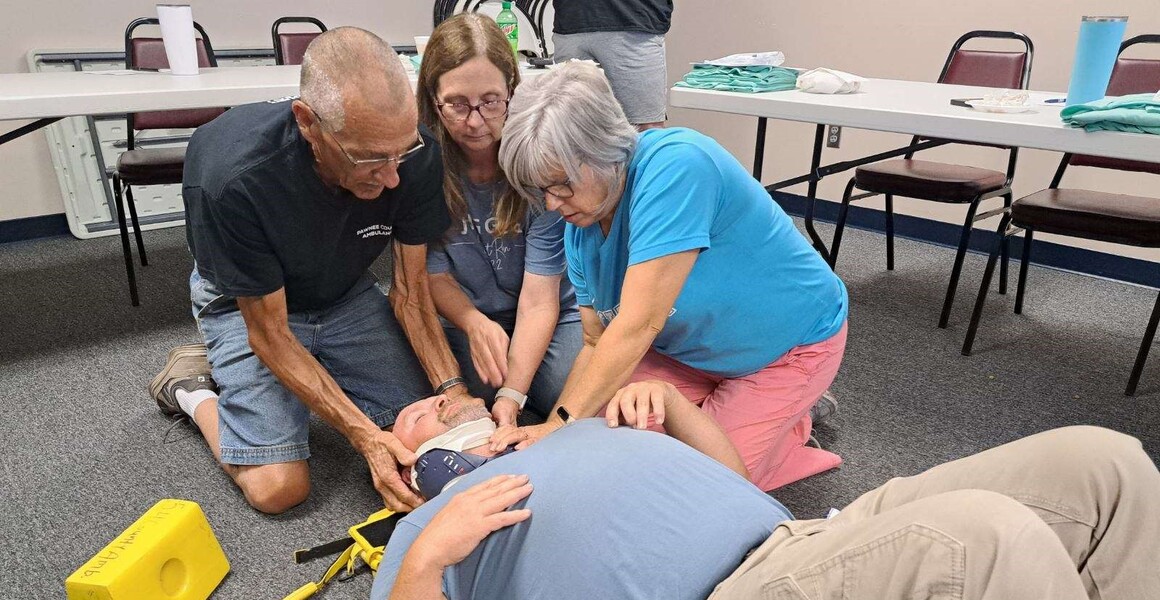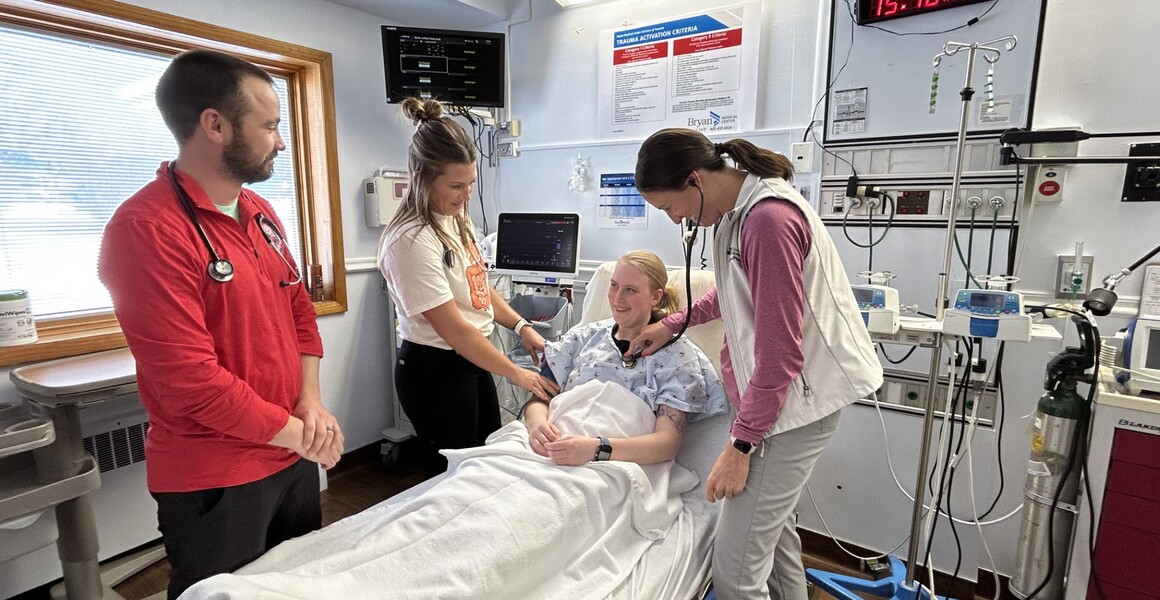Heart Health Month Take 2
By Dr. Kent Niss
Continuing on the subject of heart health this month, we will discuss the other two major factors that can affect our risk for heart disease: environmental factors and activity. Last week we discussed the non-modifiable risk factors or things that are out of our control and how our diet plays a pivotal role in our heart health. Well, two equally important areas to focus on is activity level and things in our environment that can pose risks to our heart health. In all honesty, these are the areas that are very hard to make changes to, sometimes even harder than changing the foods we eat.
I do want to review what we mean when we use the term heart disease. I am talking about a wide variety of disease processes that include congestive heart failure, atrial fibrillation, cardiomyopathy, heart attacks, angina (chest pain due to the heart), hypertension and even diseases of the valves of the heart. Take a moment to consider this list. Most likely you know someone who has been affected by one or more of these. They are incredibly common. However, some of them can be prevented by managing our health better and avoiding certain things in our lives. We do have quite a few new strategies, interventions and medicines that can make living with these conditions very manageable, but if they can be prevented in the first place your quality of life can improve as well!
There are many things in the environment that affect our heart health. The largest of those and most frequently encountered is tobacco use. There is a direct correlation with duration, frequency and amount of tobacco use (of all forms) increasing risk for cardiovascular disease. It has also been well studied that by stopping smoking tobacco products a greater than 50% reduction in further cardiovascular events incurs and after a person has stopped smoking or using any tobacco products for greater than 2 years, their risk for cardiovascular disease drops to the same as a person who does not smoke at all. This evidence demonstrates the significant impact that tobacco plays on our cardiovascular system.
Obesity is also an environmental factor that causes significant risk for cardiovascular disease. Obesity is measured in a measurement of BMI which is a correlation of height and weight. For those with a BMI greater than 30 demonstrates several metabolic changes that increase the risk for cardiovascular disease including insulin resistance, elevated cholesterol levels, high blood pressure, sleep disorders such as obstructive sleep apnea as well as demonstrating changes to the heart muscle itself and the inner lining of the walls of arteries and the heart. It should be noted that just as with smoking reducing your BMI into a “normal” range (less than 25) dramatically decreases your risk for cardiovascular disease and can reverse some of the factors listed above. The last two factors that were described are factors that are more difficult to improve and resolve. Especially changes that happen to the heart muscle itself. Usually this leads to an enlargement in the heart muscle which unfortunately does not mean improved function of the heart muscle. This is the primary physical change that occurs that causes congestive heart failure.
As I mentioned several other times in the discussions our mind and/or body are connected very closely. Therefore, it is no surprise that things that affect the mood can also affect the heart. The most common disorder that affects cardiovascular risk is stress and anxiety. Stress that is left unchecked can certainly play a role in increasing certain metabolic markers in the bloodstream which can then result in very similar effects listed above like changes within the heart muscle itself as well as the inner lining ulnar arteries. Therefore, management of stress is more important than just helping with the mood. It is important not to just push stressors to the back of our mind as these things can build up which will then result in causing more harm in other areas of your life.
Exercise is one of the pillars of cardiovascular disease risk prevention. It has been well documented since the early 1980s that 150 minutes of exercise over the course of a week will dramatically decrease your risk of having cardiovascular disease. In later years we confirmed this fact but also defined it a little bit further by stating that these 150 minutes did not need to occur in specific orientation or order but that the total amount is over one week and doing this repeatedly will have a dramatic effect on your heart health. You can listen to a thousand different lectures that get into “the weeds” about what exercise and activity is “the best” for your heart health. However, time and time again it has been shown that just moderate physical activity (which includes a brisk walk, weights, jogging, swimming) is sufficient to have these results listed above. This recommendation for 150 minutes of exercise is not just for a particular age group but is universal for all. The caveat to this is that this is something that needs to be done continually. Not just for one week and then pushed off for a few years. I always encourage folks to get into exercise slowly and treat it just as if you are training for a marathon. You would not go run 26.2 miles on the first day of training for a marathon so you would not start with doing 150 minutes per week on your first week of starting an exercise regimen. Start slow and figure out how best you can integrate this into your daily routine. Also, by starting slow you can modify your routine to fit you best and to avoid any mechanical risks or orthopedic risks that you may have.
Our heart health is extremely important, and it is something that we need to take into consideration much earlier and consider preventing any complications rather than just reacting to diseases that present themselves. By taking these steps and avoiding the environmental factors or reversing them as well as beginning to engage in daily and weekly exercise regimens you can significantly impact your risk for cardiovascular disease. If you desire to talk about this and develop a plan for approaching these different things, please reach out to your primary care provider for them to help you.










